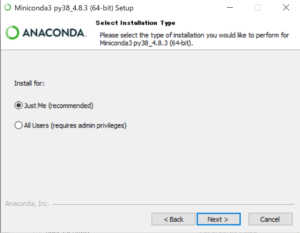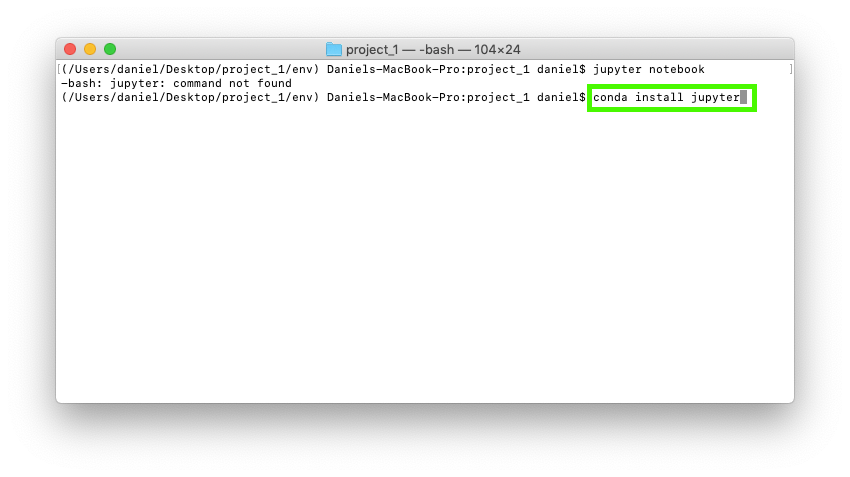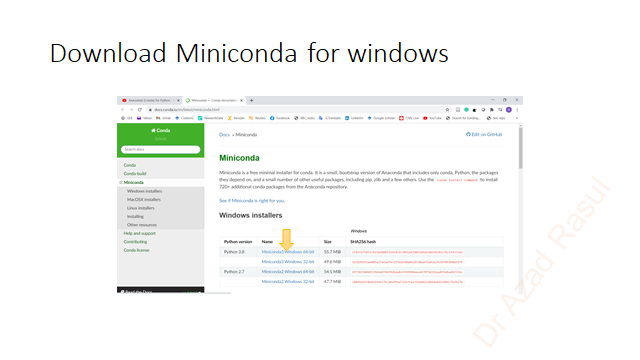

With Linux, I guess instructions are the same, just would be. Now try these examples, they should work and your gpu monitor show some activity.

Run conda install mkl, pip install llvmlite numpyĭownload packages 2

If you only need working conda without cuda, you're done here.
Remove any _pycache_ dirs if found in. Scripts/conda.exe executable in any hex-editor andįind pip_warning, carefully overwrite it with main and wipe the Replace matching substrings pip_warning with mainĭon't forget to abide the syntax of file types you'd be editing. Search directory recursively for pip_warning substring in following TEXT file types. Move to python installation directory./Scripts/conda.exe should exist. It triggers series of requests for admin rights every time, which should be suppressed with conda. This package is problematic also in Anaconda distribution. Build it and install python setup.py install I recommend you to backup up python installation directory you'll be working with (or use virtualenv).Īt the moment, it's broken from PyPi, so get if from When installation is finished, from the Start menu, open the Anaconda Prompt. If you are unsure about any setting, accept the defaults. Since conda is artificially tethered with Anaconda, you have to untie them. Download the installer: Miniconda installer for Windows. I'll show you how to run cudatoolkit 9.1 without any Anaconda and python-3.6-amd64. I also found that -dry-run doesn't work when using local package archives. There's might be a solution for this with changing conda channels or using virtualenv. Some conda packages depend on other python version, which would overwrite the installed one. Update: I've been tinkering with the described method and found that you should use conda install -dry-run. TL DR: nothing is corrupted, the message you're seeing is a hardcoded stub and could be fixed.Ĭonda package manager actually can be used with regular python installation.






 0 kommentar(er)
0 kommentar(er)
